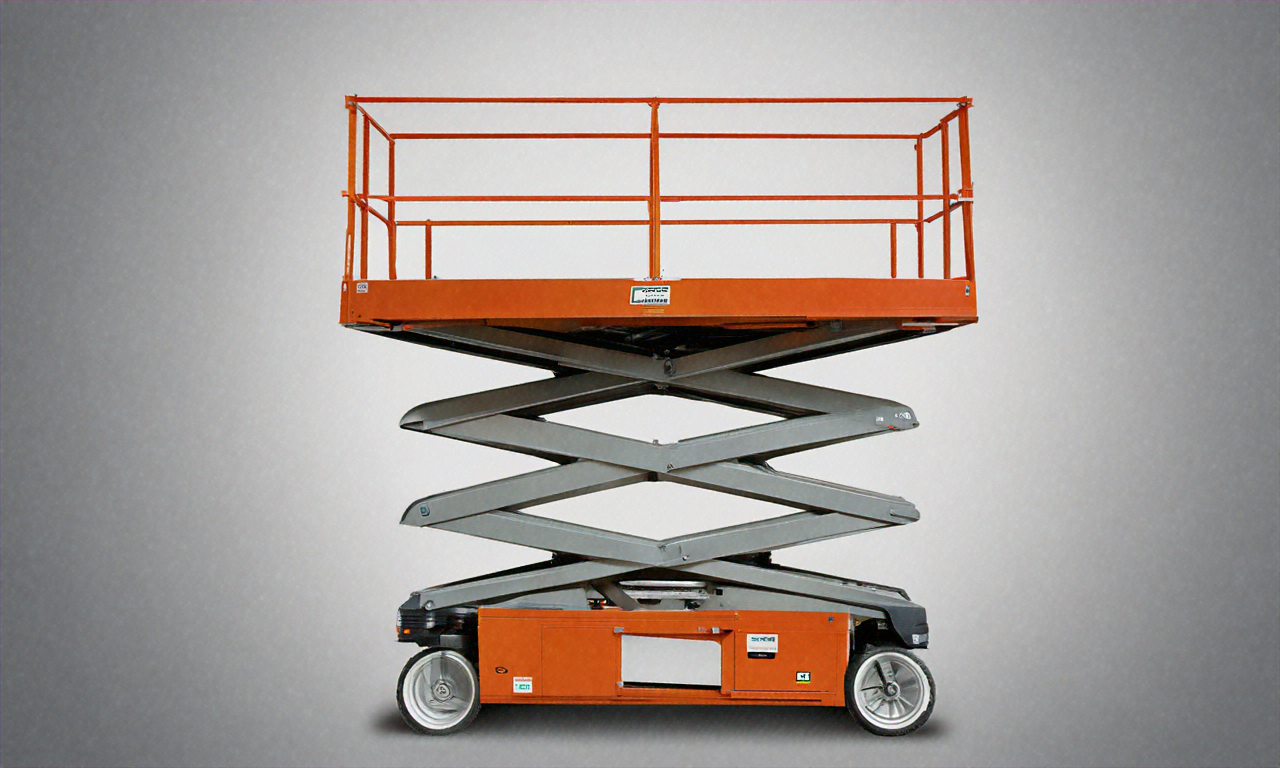Essential Guide to Electric Scaffolding Lift Platforms: Safety, Stability, and Maintenance
Electric scaffolding lift platforms have revolutionized construction and maintenance operations by providing safer, more efficient access to elevated work areas. These versatile systems combine the stability of traditional scaffolding with powered vertical mobility, enabling workers to complete tasks more effectively while maintaining high safety standards.

What Makes Electric Scaffolding Lifts Ideal for Construction Tasks?
Electric scaffolding lift platforms excel in construction and maintenance applications due to their versatility and precision. These systems offer smooth vertical movement, allowing workers to position themselves exactly where needed without manual climbing. The electric-powered mechanism ensures consistent performance regardless of load weight, while multiple platform sizes accommodate various team sizes and equipment needs. Additionally, these platforms typically feature non-slip surfaces and guardrails, making them particularly suitable for tasks requiring stable working conditions at height.
How to Assess Platform Stability and Lift Precision
Platform stability assessment involves several key factors. First, examine the base structure’s design and outrigger system, which should provide a solid foundation. Look for platforms with automatic leveling systems that maintain stability on uneven surfaces. The lift mechanism should demonstrate smooth operation without jerking motions, while load sensors must accurately monitor weight distribution. Quality platforms typically feature dual-motor systems for balanced lifting and precise height control within 1-2 centimeters of the target position.
Essential Control Features for Safety and Efficiency
Modern electric scaffolding platforms incorporate multiple safety-enhancing control features. Emergency stop buttons should be prominently positioned and easily accessible. Look for platforms with redundant control systems - both ground-level and platform controls for emergency situations. Advanced models include overload protection, tilt sensors that prevent operation on dangerous inclines, and automated speed control systems that adjust based on height and load. Many units now feature digital displays showing platform height, load weight, and system status in real-time.
Regular Maintenance Checks for Optimal Performance
Maintaining lift performance requires systematic inspection and maintenance routines. Daily checks should include:
-
Battery charge levels and charging system functionality
-
Hydraulic fluid levels and potential leaks
-
Structural integrity of guardrails and platform surfaces
-
Operation of all safety features and emergency controls
-
Tire condition and pressure (for mobile units)
Monthly maintenance should focus on:
-
Motor and gearbox inspection
-
Calibration of height and load sensors
-
Lubrication of moving parts
-
Electrical system testing
-
Structural weld inspection
Comparing Electric Scaffolding Lift Platforms
| Model Type | Maximum Height | Load Capacity | Key Safety Features | Estimated Cost |
|---|---|---|---|---|
| Single Mast | 12-15m | 800-1000kg | Overload Protection, Emergency Descent | $15,000-20,000 |
| Dual Mast | 20-25m | 2000-2500kg | Automated Leveling, Wind Speed Sensors | $25,000-35,000 |
| Compact Mobile | 8-10m | 500-600kg | Self-Diagnostic System, Anti-Tilt | $12,000-18,000 |
Prices, rates, or cost estimates mentioned in this article are based on the latest available information but may change over time. Independent research is advised before making financial decisions.
The advancement of electric scaffolding lift technology continues to enhance workplace safety and efficiency. By understanding the key aspects of platform selection, stability assessment, control features, and maintenance requirements, organizations can maximize the benefits of these essential construction tools while ensuring worker safety remains the top priority.




